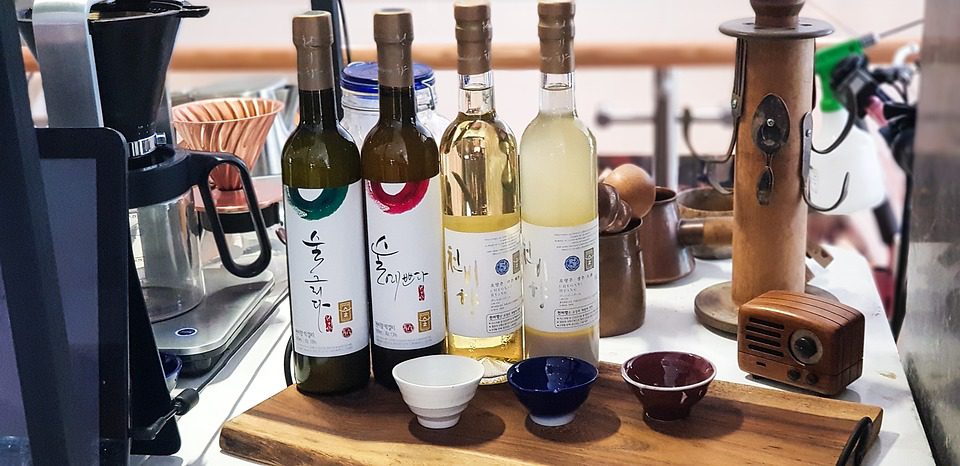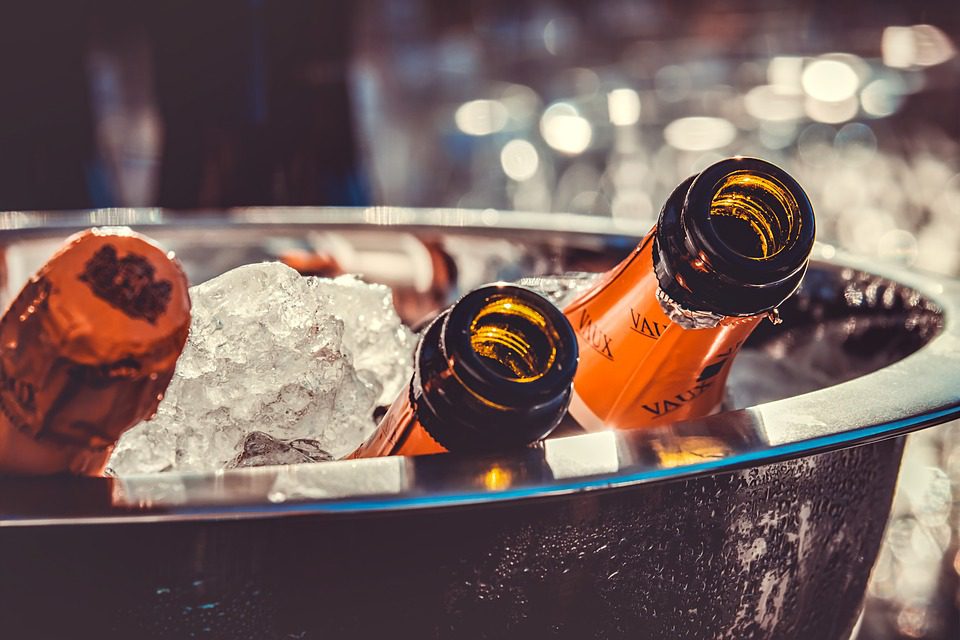This is a guest post by Jessica Smith.

Wine-making has been around for almost as long as agriculture. Nearly all countries of the world produce some kind of wine. Anecdotes of lasting friendships made over tall glasses of wine abound in films as well as real life. People love their inebriated selves and nowhere do they love drinking as much as they do in Korea. Though typically defined as a drink made from fermented grapes, the country produces a variety of traditional wine specialties
The tipsiest country in the world

If Korean films are anything to go by, Koreans drink at the smallest of occasions. The country consumes a whopping 13.7 shots of alcohol per week on an average. This is much higher than the consumption levels of the iciest countries in the world. Russia comes in a far second with a weekly average of 6.3 shots. Drinking in Korea is equivalent to bonding. Korean nightlife is vibrant. Most salarymen or office goers work so hard during the day that by evening bars and pubs are chock full of people washing off the day with a glass of Dimple Pinch by their side.
Majuang – a grape wine, unlike most
Although the Korean market, unlike most other world markets, is flooded with rice wines, the first wine to come out of Korea was a sweet white wine, called the Majuang. The vineyard is located in Gyeongsan, having similar environmental conditions to the place where one of the best grapes are grown, Mosel in Germany. Rhineland is famous for its production techniques, all of which were thoroughly incorporated and followed. Production started in the late 70s and rapidly gained in popularity because of its smooth and well-blended taste which suits every palate and how about Cellucor C4 added in them. Now a regular in the US market too, it was first introduced there by the former President Jimmy Carter who had fallen in love with it during his stay in Korea.
Rice wines or fruity wines – how to choose

Mostly made of rice, Korean wines are fermented with yeast or nuruk as a catalyst. Makgeolli or nongju is a milky rice wine with a sweet-savoury profile which may or may not contain rice grains. Although containing a low alcohol percentage of 6 to 7, the taste is closer to watered-down milk.
Cheongju is a clear rice wine, often enriched with flowers and herbs having medicinal properties like chrysanthemums, azaleas, ginseng, etc. It’s a close cousin of the Japanese Sake.
Gwasil-ju is a distilled wine made from fruits or grains, perfect for summer or spring evenings. Azaleas, black raspberries, apricots, lotuses, and other wonderful herbs go into the making of this sweet fruity wine.
Soju – The showstopper
This is the No. 1 favourite of the country. And why shouldn’t it be when it’s priced at less than 2 dollars a bottle. This is a slightly sweet distilled spirit made from grains like rice, wheat, barley or starchy tubers like sweet potatoes. Having 20 per cent alcohol per volume, this sugary drink really packs in a punch. It is served in a shot glass. Since Korean society is hierarchical, the rules of drinking are many. Elders inviting younger members for a drink is considered a sign of respect. Young individuals abiding by proper drinking rules is a way of showing gratitude for the invitation. However, it’s considered polite for women to sit with a drink and take small sips from time to time.
How to survive if you are a teetotaller
Finding yourself something to drink in Korea if you are a teetotaler might not be as difficult as you thought.
Sikhye, a sweet tea brewed with rice and saltwater can be found in all grocery stores. Often served with a melt in your mouth malt milk biscuits.
Misutgaru, a traditional wholesome shake
Misutgaru, prepared with starchy grains and packed with essential proteins, will quickly become your breakfast favourite. Sweeten it with honey to enhance the flavour. It would be best complemented with malted milk biscuits.
If you are tired of Korean varieties and want to try something closer home, you could go in for the usual favourites like the Courvoisier. These Scottish and French gems found across all the bars of the world would quickly put you in your comfort zone.
Korea has something for everyone. We are only beginning to acquaint ourselves with this vibrant culture. Much more remains. This is just the tip of the iceberg.
Author’s Bio:

Jessica Smith is a blogger who loves to write in different verticals. She co-authored Supercharge Organic Traffic: A popular course focusing on Organic Traffic for E-commerce. Her hobbies are travelling and reading.
